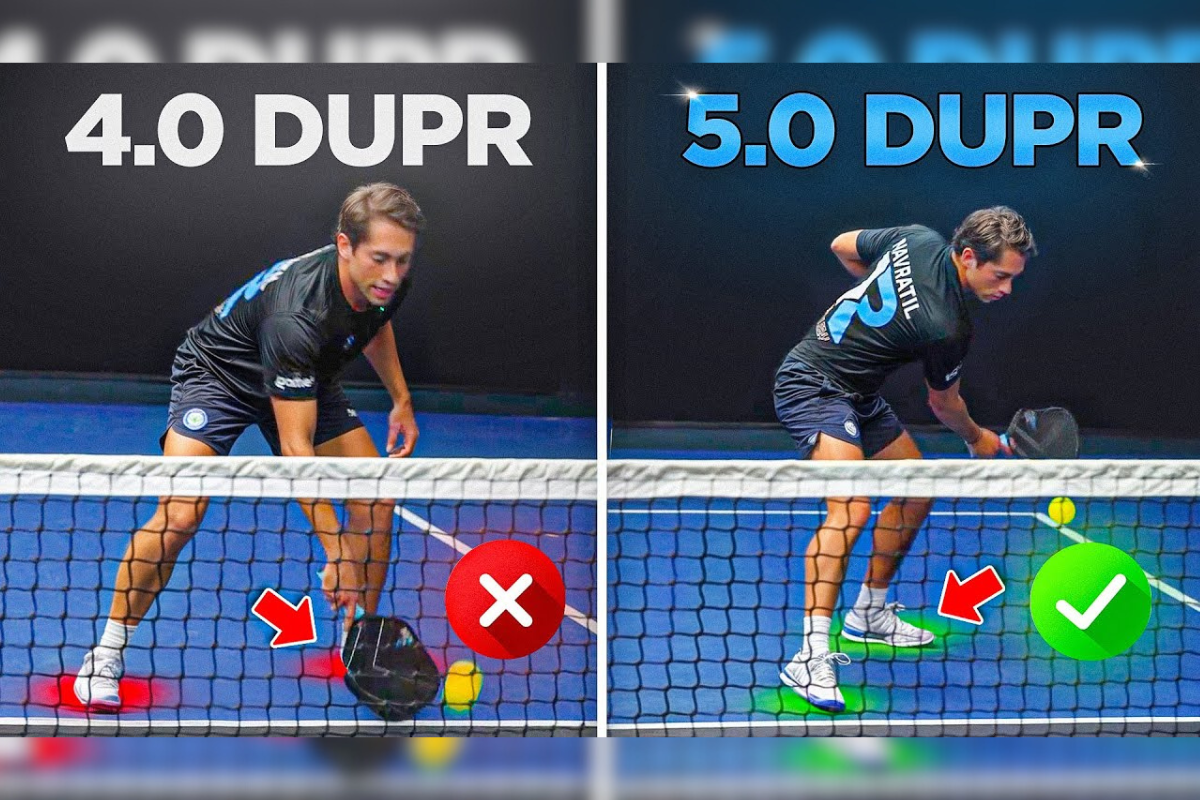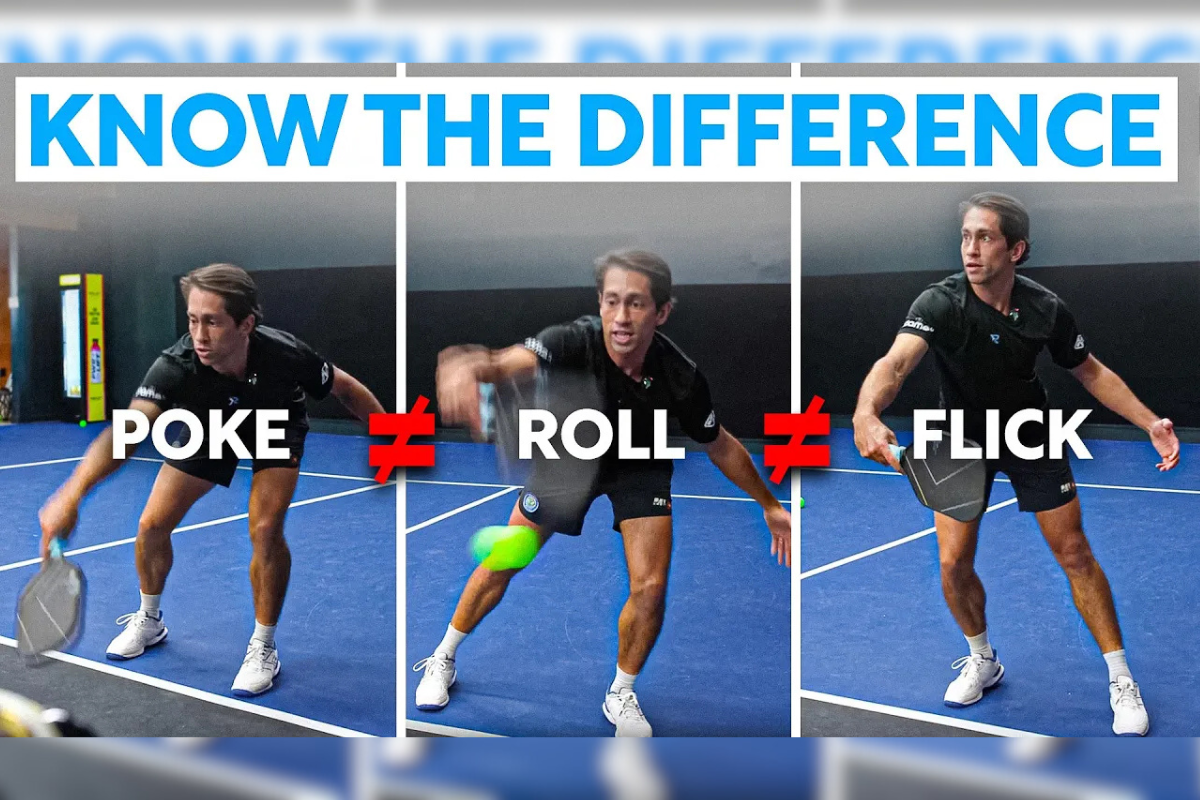If you've ever watched professional pickleball players, you might have wondered how they make dinking look so effortless. The secret lies not just in their skill but in their footwork and strategy—specifically, the drop step. In this post, I'll walk you through why this technique is crucial for successful dinking and how you can use it to elevate your game.
Understanding Dinking and the Kitchen
In pickleball, the kitchen is the area near the net where all the magic happens. The pros make it look easy to get in position for dinks, while amateurs sometimes struggle to get their shots just right. So, what makes the pros different? The key is a combination of strategy and footwork, especially at the kitchen line.
When you're standing at the kitchen, the goal is to take the ball out of the air as much as possible. If you're not trying to take the ball out of the air, you should probably be back at the baseline. This brings us to a crucial point: when at the kitchen line, you should have a "volley-first mentality." This means your primary goal is to intercept balls before they bounce, not necessarily to let them bounce and then react.
The Half Volley: A Last Resort
Now, what happens if you can't take the ball out of the air? That's when you may need to use a half volley. A half volley happens when you let the ball bounce but still attempt to return it quickly. While it can be an effective shot in certain situations, it comes with its downsides. Half volleys are often predictable, and your opponents will know if you’re going for one. Plus, a half volley usually results in a safe dink right in the middle of the court—nothing fancy.
This is where the drop step comes in. Instead of relying on a half volley, which limits your options, you can use footwork to set yourself up for a better shot.
Mastering the Drop Step
So, how do the pros manage to stay in control at the kitchen line? One essential movement is the drop step. When you realize you can't take the ball out of the air, you use a drop step to reposition yourself. Here’s how it works:
- Push off your front leg: As you move to adjust to the ball’s position, push off the front leg.
- Drop your back leg: This allows you to maintain control of your body and keep the ball in front of you. The drop step prevents you from having to reach too far back, and it avoids the awkward half volley.
When you're leaning in to reach a ball, you may notice pros sometimes do a small "jump shift." This subtle movement gives them more space to react to incoming shots without compromising their balance.
Practicing the Drop Step
To practice the drop step, start with a few cones placed about a couple of feet inside the kitchen line. The goal is to adjust your footwork while dinking, either with a partner or by yourself. Focus on staying balanced and allowing your momentum to carry you back towards the kitchen, rather than leaning back or being off-center. When your feet are in the right position, your dink will be more controlled, and you'll have more time to react.
Important Footwork Tips
When using the drop step, it’s essential to remember that your weight should not be shifting backward. Instead, the drop step is all about loading with the back leg and pushing yourself back towards the kitchen. This allows you to stay light on your feet and move fluidly.
While the drop step is often used to address backhand shots (since those tend to be trickier for most players), it's also valuable for forehand shots. Mastering this technique on both sides of your body will make your dinks more consistent and give you more confidence in reaching balls from any direction.
The Payoff: More Time and Better Balance
By mastering the drop step, you’re essentially giving yourself more time on the court. This footwork will help you move more efficiently and stay balanced, leading to better dinks and a stronger overall game. Your shots will become more controlled, and you’ll have the confidence to handle fast-moving balls with ease.
Conclusion: Dinks That Work for You
Incorporating the drop step into your game can take your dinking from mediocre to pro-level. By practicing this technique, you’ll create more time for yourself on the court and improve your shot selection. You’ll also be able to maintain your balance, which is critical when you're trying to hit those tricky dinks near the net.
So, the next time you're working on your dinks, focus on your footwork, especially the drop step. With practice, you’ll soon be able to move just like the pros—making dinking look effortless, even if it’s actually a carefully calculated maneuver.





Leave a comment
This site is protected by hCaptcha and the hCaptcha Privacy Policy and Terms of Service apply.